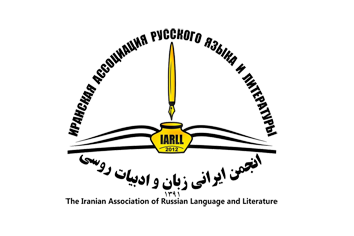Computer slang in linguistic description
Keywords:
Computer Slang, Continuous Sampling Method, Slangism, Semantic Field, Thematic GroupsAbstract
Computer technology sphere creates its special language, which is presented by the rich terminological system and professional slang. The article aims to give the definition of the term slang in the Russian tradition. The term slang was widely used in the beginning of the 1980s. In the computer sphere slangisms make up a big part of lexis which may be presented by the method of building the semantic field. 278 lexical units, chosen with the help of the continuous sampling method from the dictionary by T.G. Nikitina ‘Youth slang: defining dictionary’, 2004, (from A to K), were classified according to five thematical groups: 1) programmes and functions; 2) systems, symbols and signs; 3) actions and commands; 4) details and devices; 5) a man. In order to determine the semantic field of computer lexis the percentage data is used. The first place goes to group № 4 which describes a computer organisation in detail. Group № 3 (actions) which demonstrates essential components for a user takes the second place. Group № 1 that presents a guideline to follow takes the third place. The fourth place is given to group № 2 which accounts to 9 % in the semantic field of computer lexis and, undoubtedly, is an essential element of this system. The last place is taken by the group ‘Man’, which defines the person who puts this system into action. Thus, with the help of building the semantic field specific peculiarities of lexis of computer slang are defined.
Downloads
Published
How to Cite
Issue
Section
License
Copyright (c) 2022 Issledovatel'skiy Zhurnal Russkogo Yazyka I Literatury

This work is licensed under a Creative Commons Attribution 4.0 International License.
![]()
"Creative Commons Attribution 4.0 International (CC-BY 4.0)"


